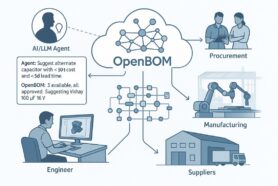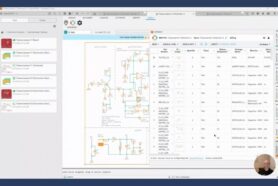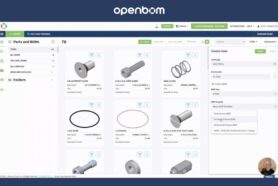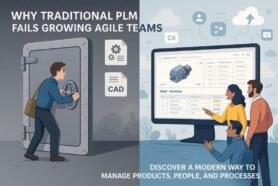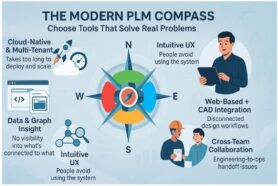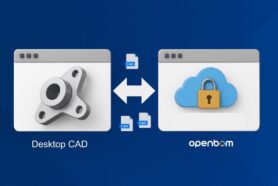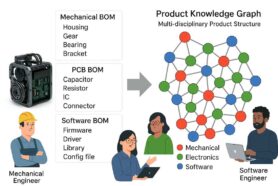
The relationship between a manufacturer and its contract manufacturer can be critical to its success. Sometimes during the lifetime of your product, you need to switch your contract manufacturing partner. Whether prompted by quality concerns, cost considerations, or evolving business needs, the decision to switch contract manufacturers is a strategic move that requires careful planning and execution.
For a quick recap, here are the five reasons why you want to change your supplier:
- Your supplier can’t control their costs
- The supplier is losing control of their quality
- They lack the specific team for you
- They don’t have the infrastructure to scale up production
- They lack communication and transparency.
In this blog, we will share the best practices for manufacturing companies contemplating a change in their contract manufacturing partners. Navigating this transition demands a comprehensive understanding of the current situation, an assessment of requirements, and a selection process for the new partnership.
Assessment of Current Situation
First things first, let’s figure out why you’re searching for a new contract manufacturer or supplier. Are there hiccups in quality, or maybe the costs are increasing too much for your liking? Identify the pain points driving this change. It will help you in future steps.
It’s best to identify these pains through Key Performance Indicators (KPIs). It’s healthy to evaluate your contract manufacturer based on a few important points, such as quality, price, on-time shipment, communication, capacity, and more.
Also, don’t forget about specific commitments you have with your current contract manufacturer. Do you have any obligations or penalties if you stop producing with them? Knowing what you’ve signed up for is key before making any moves.
Defining Requirements and Criteria
Picture your dream manufacturing partner. What do they look like? Jot down your specific needs, whether it’s advanced tech capabilities, larger production capacity, or having specific certifications.
Set your quality standards. It’s like aiming for the stars; you might not always reach them, but having a target keeps everyone on the same page. Define what “good” looks like, from raw materials to the finished product.
Also, outline your budget and cost expectations. Be clear about what you can afford and what’s a deal-breaker. This step ensures you find a partner who not only meets your needs but also fits your financial expectations.
Market Research and Shortlisting
This is the best time to explore other options and see what else is out there. This will be time-consuming and you will need to allocate time to efficiently do this. As long as the pain points are great enough, you will see the importance of finding your next production partner.
Here are the steps you can take:
- Does anyone you know have any references for manufacturing partners?
- If you are sourcing a commoditized part, Alibaba can work. Otherwise, stay away.
- Be transparent with your new suppliers. Changing suppliers can be a long process and your new suppliers will need to be patient.
- Visit them. Meeting face-to-face helps to answer a lot of questions that can’t be done with virtual meetings.
- Make sure you fully evaluate them. This can be a helpful supplier evaluation checklist.
- Learn from your mistakes.
Provide a Request for Quotation (RFQ)
If during the research phase, a few contract manufacturers seem to have potential then you’ll want to move to the RFQ part of the evaluation process. After you get initial contracts in place, such as NDA’s you can send your product data to a few contract manufacturers.
During the RFQ phase, you’ll need to provide the new contract manufacturer with the following:
- 2D & 3D Drawings
- Bill of Materials (BOM)
- A functional prototype
- Minimum Order Quantity (MOQ & annual forecasted volume
- Target Price for the projected volumes
Negotiation and Contract Finalization
At this stage, you want to engage in open and transparent negotiations, covering essential elements such as pricing, payment terms, and production timelines.
After this is agreed, it’s time to put what was agreed in writing. Clarify and finalize contractual agreements, including the nitty-gritty details like quality requirements, responsibilities, and any potential red flags. This ensures a solid foundation for a lasting partnership.
Transition Planning and Implementation
This is the part where you start to draft your production transition. Develop a detailed plan outlining the steps and strategies for a seamless shift. Consider factors like inventory management, employee training, and communication strategies. The goal is to minimize disruption and ensure a smooth transition from the old to the new.
Operators and labor are at the heart of this transition. Implement training programs to equip employees with the necessary skills for the new partnership. A well-prepared team ensures a more effective and efficient transition. You have been producing your product for years with someone else. But it’s the first time your new contract manufacturer with build your product so make sure you take the time to train them.
Also, implement strategies to streamline the transition process, whether it’s staggered production shifts or strategic inventory management. The goal is to keep the manufacturing rhythm going, ensuring a continuous flow of products.
Transition isn’t a one-time event; it’s an ongoing process. Implement a robust monitoring system to track progress and address any unforeseen issues promptly. Be ready to make adjustments as needed. It’s like fine-tuning an instrument – constant monitoring ensures that the manufacturing melody stays harmonious.
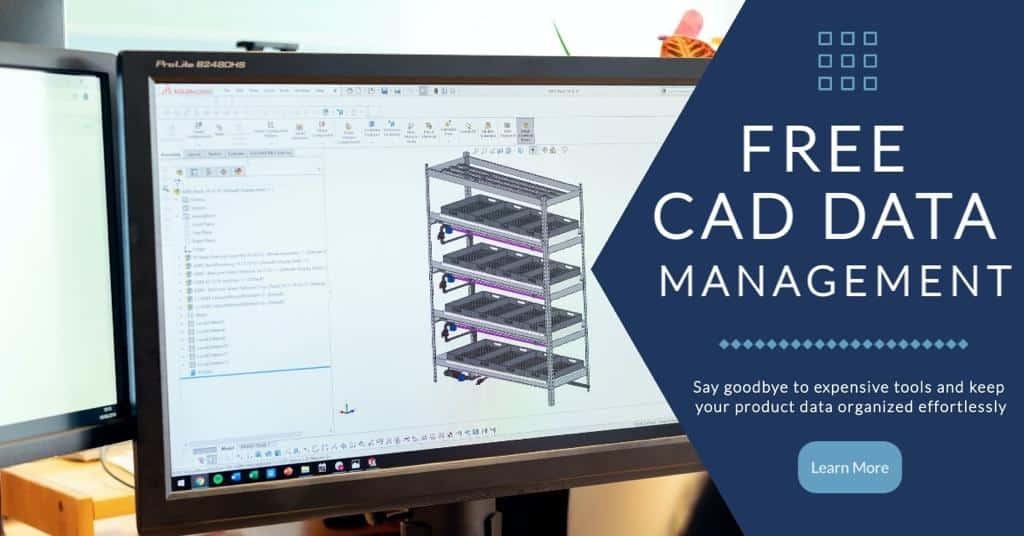
Conclusion
It is very common for a manufacturer to change their contract manufacturing partner. Sometimes, it’s due to quality or lead time issues while other times the manufacturer just outgrows their partner. Regardless of the reason, your product data becomes the centerpiece of a successful transition.
If you don’t have access to your most up-to-date product data then you can expect lengthy delays which can be stressful if you are looking to get out of a relationship with your current supplier.
OpenBOM believes engineering, supply chain, and manufacturing teams should be able to seamlessly manage their parts, vendors, bill of materials, purchase orders, and change orders. Companies from startups to Fortune 500s use OpenBOM to create a centralized database to bring in, store, and manage their manufacturing data. With this infrastructure, users also use OpenBOM to streamline both their change management and PO processes.
If you need to improve the way you manage your data and processes, share data instantly, or collaborate with contractors and suppliers. contact us today for a free consultation.
Regards,
Jared Haw
Join our newsletter to receive a weekly portion of news, articles, and tips about OpenBOM and our community.


